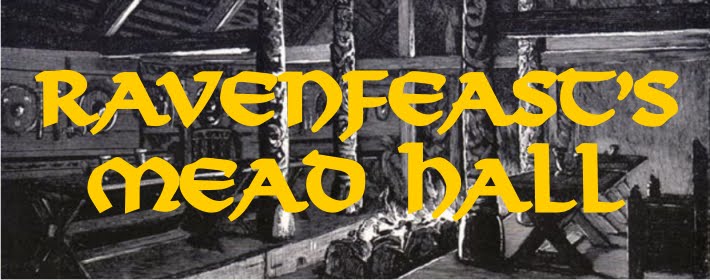<< The Mech >>
“Thanatos
425”, a mech size 12 unit for the O.A.S.F.
Concussion (24518), by Reaper Miniatures.
Height: 48mm.
<< Prep & Painting >>
Concussion (24518), by Reaper Miniatures.
Height: 48mm.
<< Prep & Painting >>
Parts
were washed, flash removed/mold lines filed down, then joints were drilled and
pinned for final assembly after the majority of painting was completed. Mounted
the legs on a 29mm hex cut from 1/8” MDF. The top of the base was then spackled
with light-weight, dry joint compound, and filed smooth after drying.
After masking the joint areas with tape or poster tac, the various bits were primed grey, then painted neutral grey for primary structures, sky grey for secondaries, German grey for weapons, red for the missiles, and black for sensor ports and inside the missile racks – the O.A.S.F. color scheme. More ‘80’s anime! Base was painted earth, with red for the front hex edge, and black for the back. The ID number on the back of the base was done with white. At this point, the mech was assembled, and applied any touch-ups.
Decided the decals (white stars and vehicle numbers from I-94 Enterprises) were going to be placed on the upper torso, and painted a little clear enamel on those spots. This gave a good base for the decals to set against. Think of it as a surface being primed before painting. After the enamel dried, the water-slide decals were carefully cut, soaked in water, and then applied. Another layer of clear enamel was painted over the decals once they were dry to lock then in.
After everything was dry, dipped the entire miniature in 1:12 minwax ebony to clear polyurethane mix. Once dry, clumps of green and olive foliage were glued with PVA (white glue) directly to the base, then a mix of fine flock to cover the rest of it – made sure to have kept the edges of the base clear. A couple light sprays of clear matt sealer took the edge off the dip’s gloss and helped seal in the flocking.
<< De-blistering >>
Concussion (24518), part of the CAV: Strike Operations range available from
Reaper Miniatures.
What
you get: 4 pieces – legs, torso, left and right arms. Nice and simple. The waist
is pegged and the weapon arms have ball-joints, so some articulation is possible
for those who want a more dynamic pose, but the meaty shoulders and large legs
might get in the way. I drilled and pegged all the parts to strengthen joints
for tabletop use.
Originally cast in lead by Talon Games, now
partnered with Reaper Miniatures, and currently being released as part of Reaper’s
3rd edition CAV: Strike Operations. The miniatures are scaled for 10mm, not the
more common 6mm/1:300/1:285. It is a thing of
beauty.
<< Meka Tac – GSRE >>
Stat
sheet for play on an open table with terrain.
The weapon ranges are in inches.
Designed to print on 4” x 6” or 3” x 5” index card.
The weapon ranges are in inches.
Designed to print on 4” x 6” or 3” x 5” index card.
The
“Thanatos” was a large assault/fire mecha that could hustle, and the 120 mech
hits didn’t impede its survivability. It was faster than most mech size 12
units due to the two enhanced engines crammed into its frame. The
long-range weapons packed sufficient punch to score critical hits as often as
not, but ammunition was a serious concern. Using the large and medium missiles
to close would only last for 3 turns, then all it had was its left and right
rail cannons - a quick death to small and some medium mecha, but it would take a
few hits to fell a large target. The rail cannons and missiles could be loaded
with other ammo types as missions required, but the O.A.S.F. (a.k.a. “White
Star” forces) preferred the artificial intelligence loads which granted a +1 on
to-hit rolls, with high explosive (HE) with an area effect of a 3” blast radius
(3” AE) for the medium missiles should the enemy conveniently clump together or
collateral damage was required.
<<
Links >>
Reaper Miniatures Robot Supply Depot – Mecha figures.
I-94 Enterprises – Decals.
The current version of Meka Tac – Giant Stompy Robots Edition game is available IN THE DOWNLOADS SECTION, of the GIANT STOMPY ROBOTS portion of rivetsandsteam.com as well as PDFs of all the cards and counters, quick reference sheets (QRS) and other resources. And, yes, it’s FREE!
A portion of Giant Stompy Robots Forum has been set aside for discussing Meka Tac! Please stop by and
post your questions, after action reports, and photos of your games!
<<
END 109 >>










